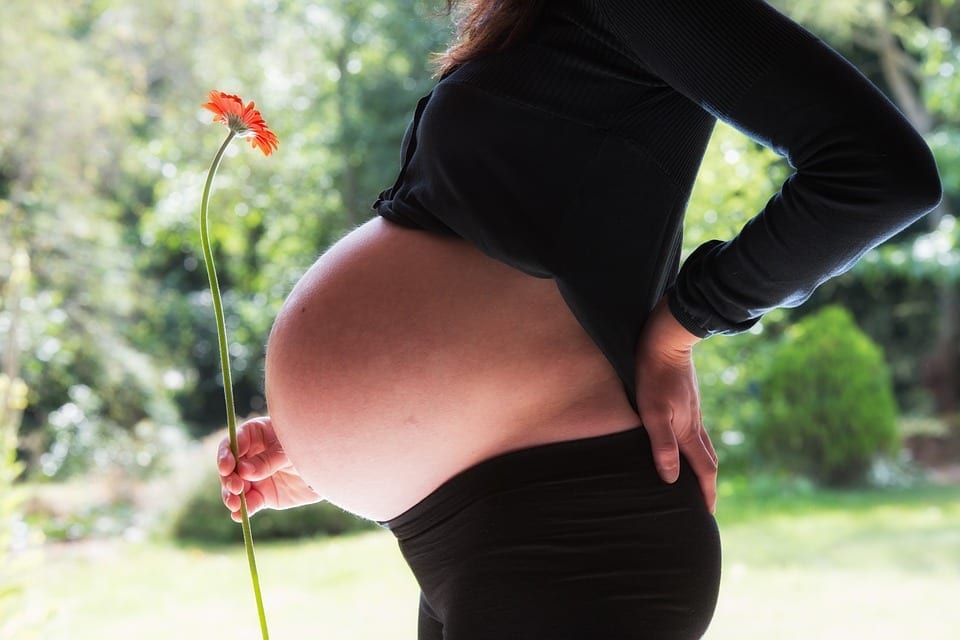Diagnosis of new breast pathology is usually difficult because of the physiologic changes associated with pregnancy and lactation. The following are the most common breast problems during pregnancy and lactation:
Infection of the breast varies in severity from cellulitis to mastitis to breast abscess. Staphylococcus aureus is the main pathogen. The most common period of infection is the first month after delivery, especially in inexperienced young mothers. The treatment of breast infections includes emptying of the breast because milk is an excellent culture media, antibiotics in cases of cellulites and mastitis in addition to aspiration or surgical drainage if localized pus collection is proven with the help of ultrasound examination. A biopsy of the abscess should be done to exclude carcinoma.
2. Galactoceles:
These are simple cysts filled with milk. The probable cause is ductal obstruction. Symptoms include a tender
mass that located peripherally in the breast. The diagnosis and cure can be achieved with needle aspiration.
mass that located peripherally in the breast. The diagnosis and cure can be achieved with needle aspiration.
3. Fibroadenomas and hamartomas:
The physiologic hormonal changes during pregnancy cause increase in size of these benign tumors. The
growth out of blood supply and consequent infarct may be accompanied with pain and the mammograms can
reveal calcifications as remnants of infarct in these benign tumors.
growth out of blood supply and consequent infarct may be accompanied with pain and the mammograms can
reveal calcifications as remnants of infarct in these benign tumors.
Single or multiple nodular lactational hyperplasia and lactating adenomas are benign focal lesions with
clinical presentation and appearance similar to fibroadenoma.
clinical presentation and appearance similar to fibroadenoma.
5. Nipple discharge:
In the second or third trimester occasionally bloody nipple discharge can appear due to the physiologic proliferative changes of pregnancy. The normal proliferative changes present can mislead the cytological examination. It is important to observe and reassure the patient and further studies are only needed if the problem persists more than two months.
6. Breast infarcts:
This can cause a palpable, tender mass that cannot be distinguished from malignant disease of the breast. Biopsy may be needed.
7. Breast cancer:
The diagnosis of breast cancers in women during pregnancy occurs approximately in 1-2% of cases with increasing tendency due to deferring childbirth to older ages.
 Because the evaluation of mass lesions becomes much more difficult as pregnancy progresses, a baseline
Because the evaluation of mass lesions becomes much more difficult as pregnancy progresses, a baseline These difficulties in diagnosis can cause delay in detection of breast cancer during pregnancy, so over 75% of pregnant women diagnosed with breast cancer have nodal metastases.
Pregnancy is not a contraindication for biopsy using a cutting needle or open biopsy technique if suitable precautions were undertaken to avoid hemorrhage and hematoma formation.
The treatment of breast cancer is complex and needs a multidisciplinary team approach. The principle of treatment is to allow the pregnancy to proceed to term and treat the cancer, but there are some exceptions. Because radiotherapy is not feasible, the modified radical mastectomy is the generally accepted treatment. Staging studies and chemotherapy must be made selectively after weighing all factors.
Current recommendations regarding pregnancy and lactation after treatment of breast cancer are to allow pregnancy to proceed if the patient is clinically free of disease. Because of the physiologic changes associated with pregnancy and lactation, recognition, diagnosis and treatment of breast pathologies is usually difficult. A baseline breast exam is essential at the time of the first obstetrical visit.









Be the first to comment on "7 Breast problems during pregnancy and lactation"